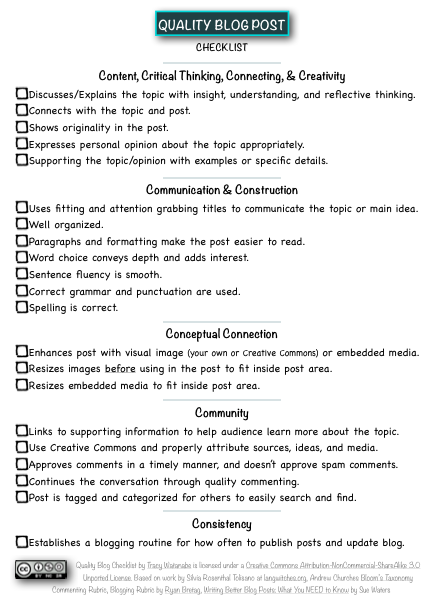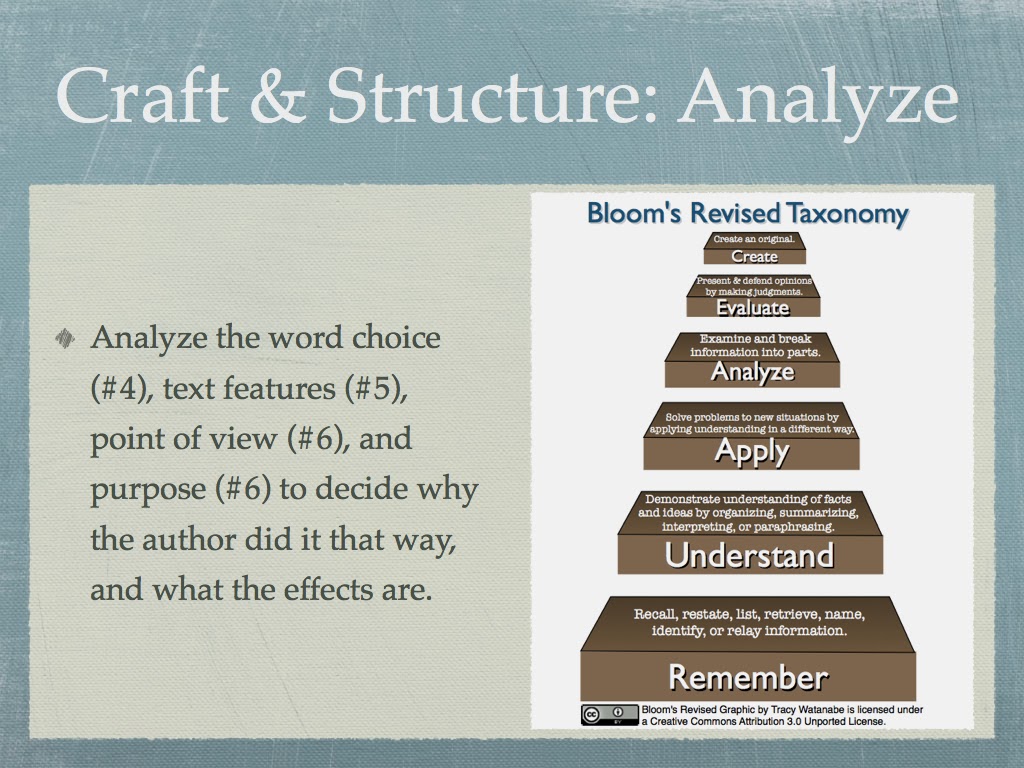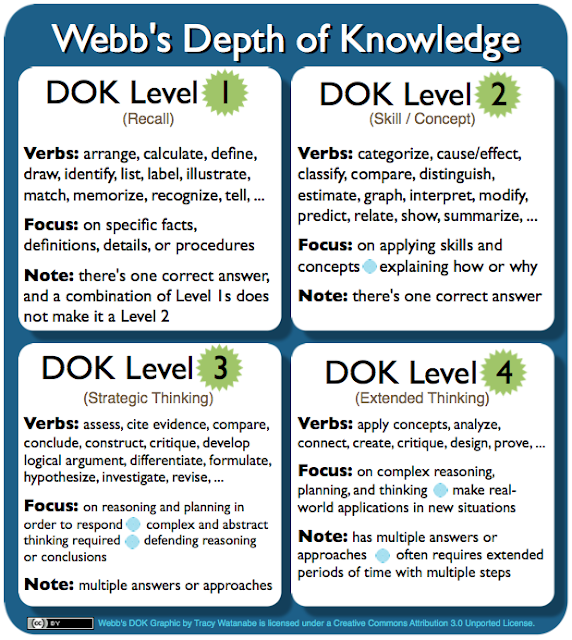Common Core and Service Learning PBL Professional Development
Meeting their needs through professional development
While I had a rather large group (over 40 and had to turn people away to go to another class since all of the computers and chairs were taken), over half of them had taken a PBL class with me before and were implementing it in their classrooms, yet only one had ever tried service learning.
I knew that what I had prepared for them would not meet their needs since I had created it as an introduction to PBL. Service learning was the direction I took them in because it addressed their needs the best, we'd get great cross-curricular discussions, and time to reflect and process the past three days of Common Core training.
Build background knowledge with PBL
To make sure we had the same knowledge base/foundation of PBL, we split into six groups to jigsaw these six topics:
- Define PBL
- Discuss misconceptions, and misconceptions #2
- PBL benefits and Does PBL Lead to Higher Student Achievement?: Understanding the Benefits of PBL
- Keeping Students Engaged in the One-to-One Project Based Classroom
- 10 Steps to Managing Cooperative, Project-Based Learning Groups
- The PBL Launch Pad, Part One: Worthwhile Projects for High School Students
The last group to share the main points of their reading collaboratively created a Google Apps presentation to present to the class digitally:
Connecting prior knowledge
While I loved that they had a chance to explore BIE's interactive matrix of 21st century skills and connected that to Common Core's college and career readiness, I believe the more powerful part of this portion of training was the reading and discussion of these two posts:
Attributes of strong 21st century learning, Common Core, and PBL
We had small group discussions of successful lessons/units, and found common attributes between them (even though many had different content areas). It boiled down to rigor, connecting to standards, differentiating, engaging the learner, being relevant and meaningful outside the classroom walls, connecting with a real purpose, having essential questions to create problem-based learning tasks, and technology that enhanced learning.
Those were attributes on the Microsoft Peer Coaching Learning Activity Checklist, created by the Peer-Ed Team (part of our Collaboration Coaching). Bethany Ligon, 8th grade science teacher, reminded us that this list also integrated Bloom's Taxonomy with the levels of complexity matrix, which was part of the rigor necessary in the Common Core.
Service learning
This BIE High Tech High video, Media Saves the Beach, is one that I've seen over a dozen times, and am always left so inspired because it captured their passion and the impact it made on the students and the community.
From here we bridged into many discussions about PBL, service learning, and Common Core.
The class participated as students in service learning discussions about our community and how we might implement it in our classrooms.
Click here to see the full day of training.
Final thoughts
Our professional development was not what I had planned for the day. I am so glad I threw out my "lesson plan" and went with what their needs were. It was a risk to try something totally new, especially with such a large group, and it was worth it.
While there's many adjustments with transitioning to Common Core, one-to-one, and the leadership changing roles within our district, I was inspired by all of the collaboration and awesome conversations in the room. I absolutely loved being with a group of passionate teachers! Thank you, AJUSD educators, you totally rock!
- How does service learning/PBL address the Common Core?
- How does straying from what's been done, to something new, require risk and innovation?
- How do you innovate in your classroom/district?
- How else does this post connect with you?



Tracy - the sign of a true teacher...one who changes the lesson plans to fit the needs of their students. You clearly assessed your group and made the adjustments necessary. It is a testament to you and your teaching style that so many people wanted to attend your session. They knew they were coming to learn (even after days of other PD). I'm sure those that had to leave were very disappointed but perhaps another day you will be able to present to them as well.
ReplyDeleteI would like to take service learning to the 4th grade level and not sure where I should begin. I will be checking out your resources to see if I could apply. I am interested in reading the two articles that you suggest.
Thank you always for being inspiring!
Hi Nancy! You are too sweet! Being surrounded by so many awesome educators makes my job easy.
DeleteIt's fabulous to have so many implementing PBL in their classrooms, and it's no longer a scarey topic.
What I need to do a better job at now is asking more reflective questions along the way to reach out to an authentic purpose, such as:
Does your PBL draw on students’ passions?
Does your PBL include a real, authentic problem?
Does your PBL ask students to produce a real product that's useful beyond the four walls of the classroom?
Does your PBL address the needs of a real audience?
As far as service learning goes in the elementary, I always love to see what Linda Yollis, Kathleen Morris, and Gina Fraher are doing in their classrooms.
Thanks again for your encouragement!
Kind regards,
Tracy